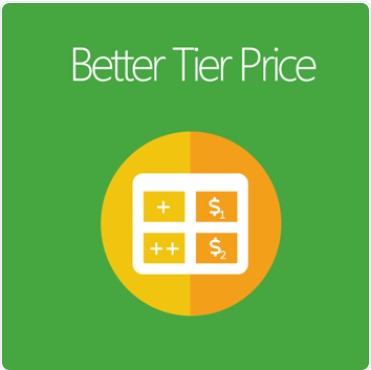Mirasvit Elastic Search Ultimate for Magento 2

If you don’t know how to exceed the default boundaries of the Magento 2 search, then you’ve come to the right place. In the following post, we explore the Magento 2 Elastic Search Ultimate extension by Mirasvit – a revolutionary tool that not only offers an improved frontend experience but also lets you leverage various backend benefits. Let’s look at the feature set of this Magento 2 Elasticsearch extension and then proceed to its backend and frontend interfaces. Continue Reading









